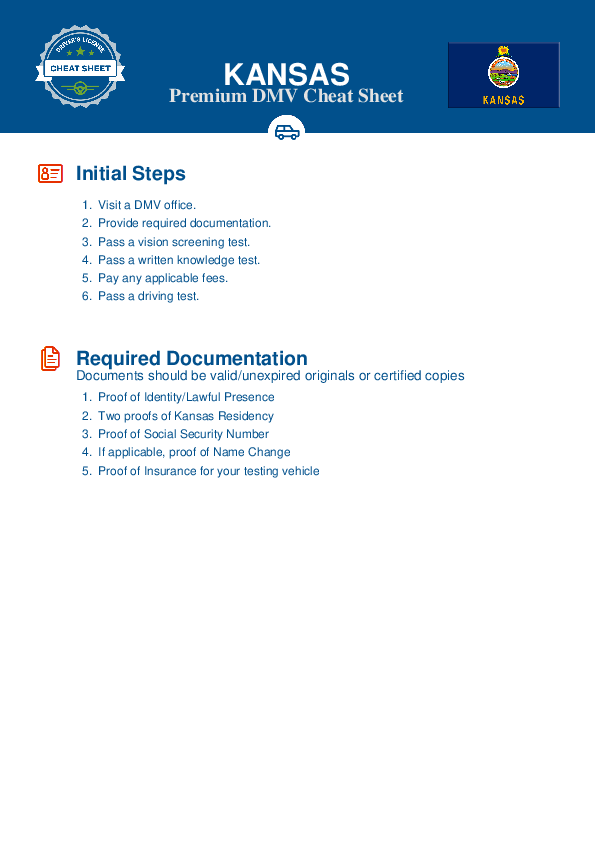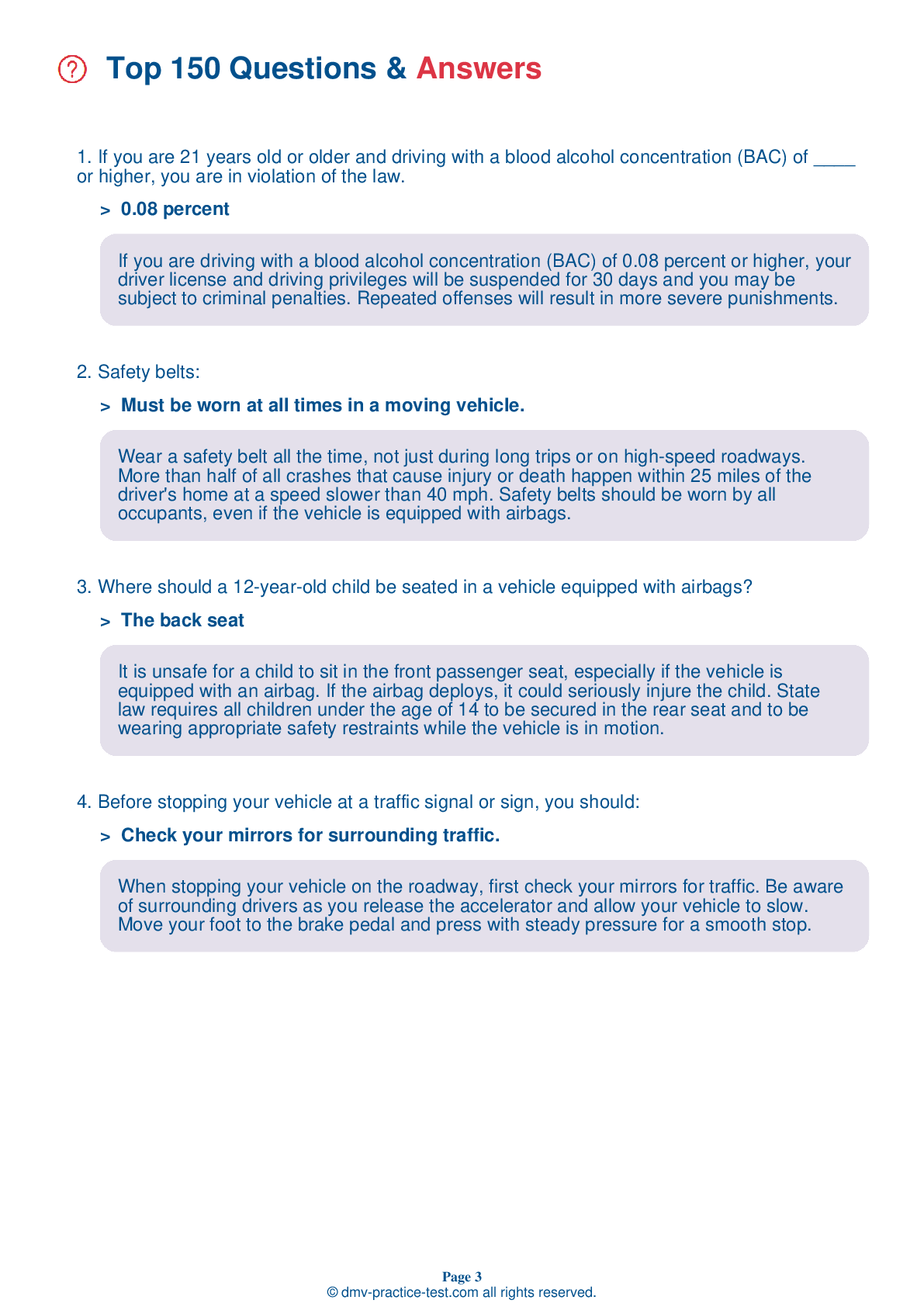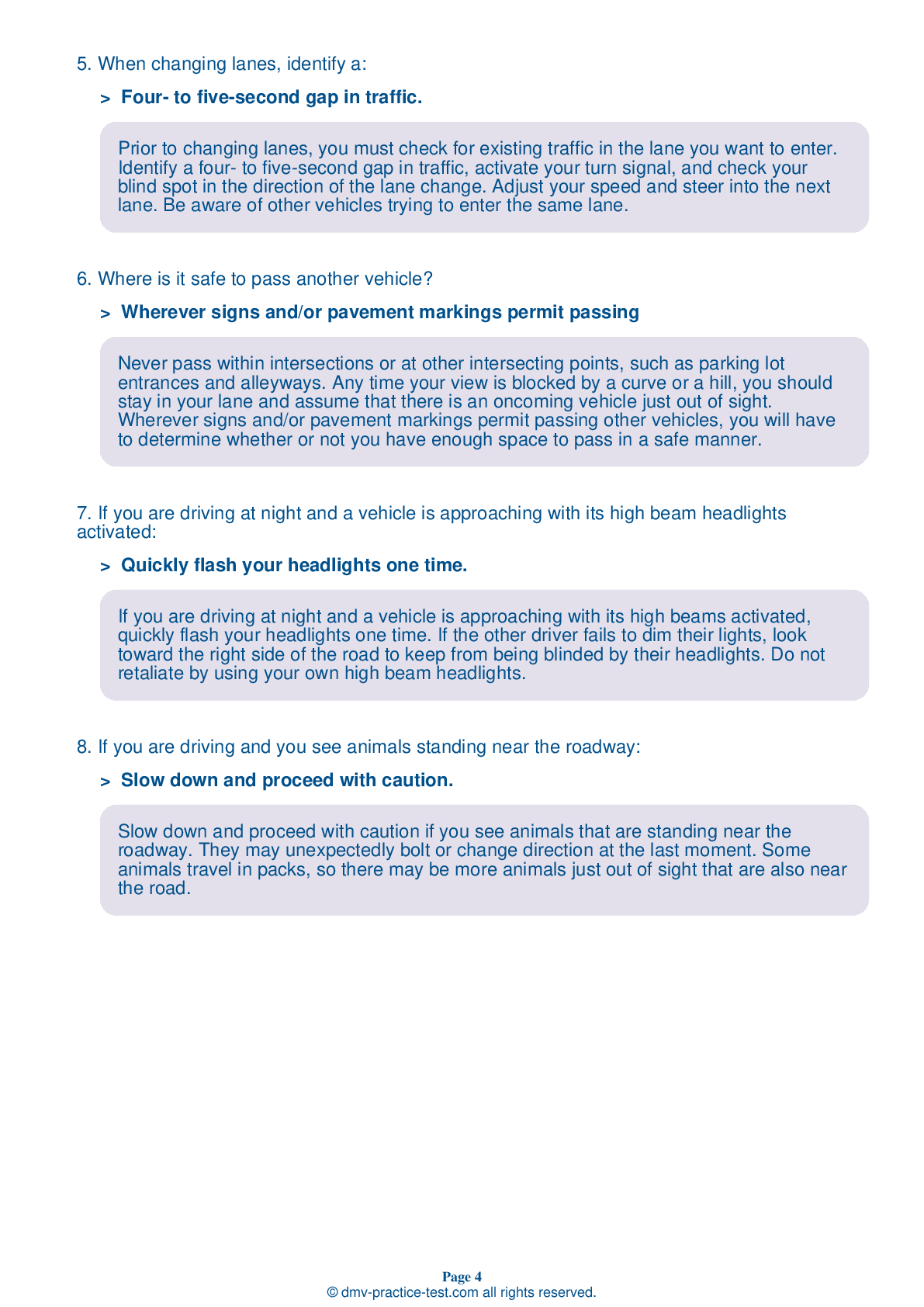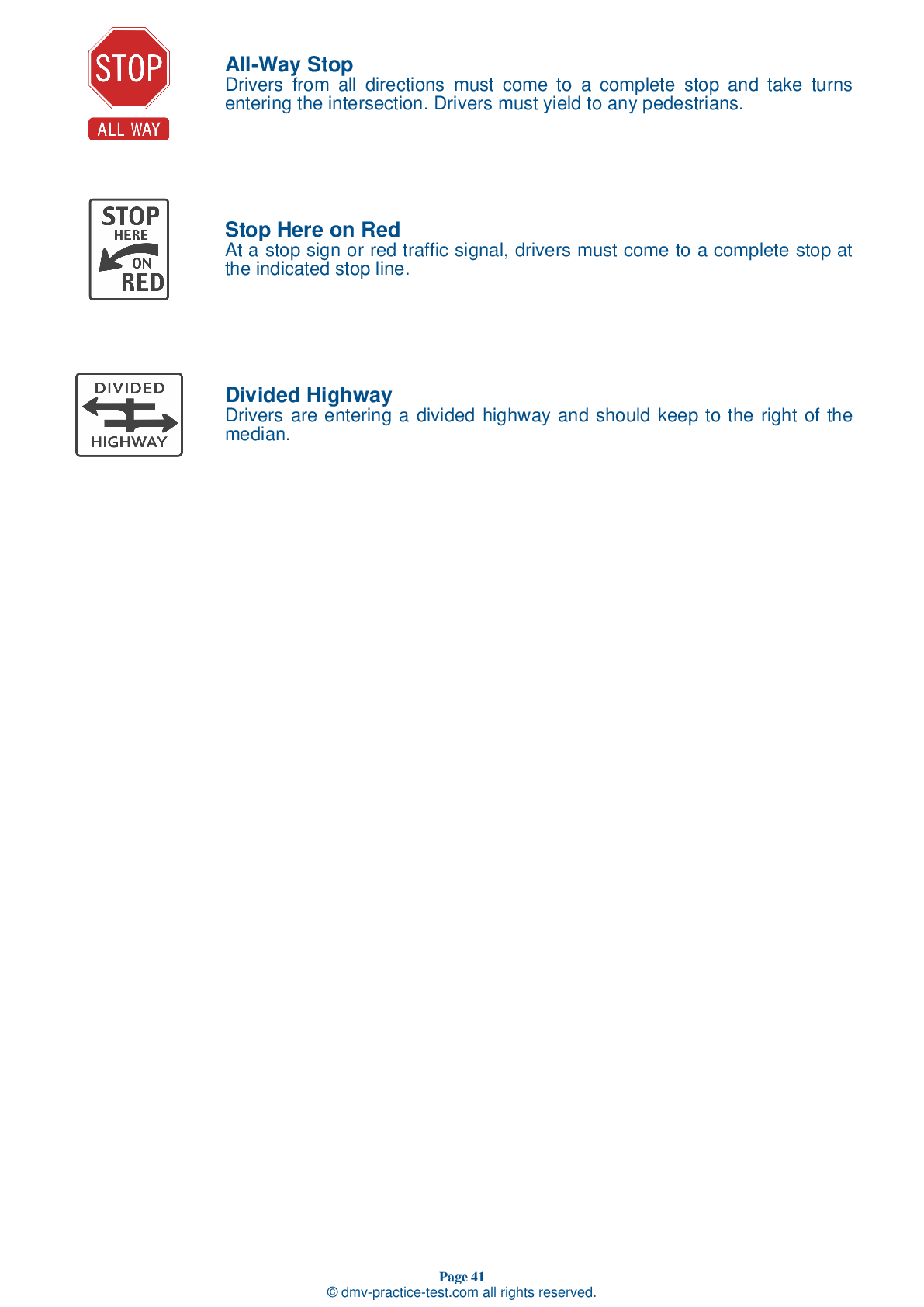FREE Kansas DMV Practice Test #1
In Kansas, the DMV practise tests have been revised for January 2026. It includes questions based on the Kansas Driver Handbook's most essential traffic signals and regulations for 2026. Use actual questions that are very similar (often identical!) to the DMV driving permit test and driver's licence exam to study for the DMV driving permit test and driver's licence exam.
On the practise exam, each question gets a tip and explanation to help you remember the concepts. The written component of the official Kansas DMV test will include questions about traffic rules, traffic signs, and driving statutes, as well as information from the Driver Handbook.
To obtain a passing grade, you must correctly answer 20 of the 25 questions. Take our DMV practise exam to help you prepare for your Kansas instruction permit or driver's licence.
The DMV exam is available in several languages.
Using any kind of testing assistance will result in an automatic fail, and the DMV may take additional action against your driver's licence, so stay away from it.
1 . If you come to an intersection and your view to the side is blocked, you should:
Drivers must slow down when approaching an intersection. If a clear view of cross traffic is obscured, a driver should come to a stop and inch forward until they can see clearly in both directions.
2 . This road sign means:
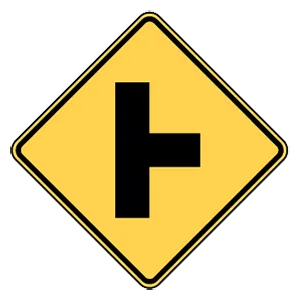
Warning signs provide notice to road users of a situation that might not be readily apparent and are usually yellow with black markings. This warning sign tells drivers to be alert to an intersecting side road ahead.
3 . This road sign means:
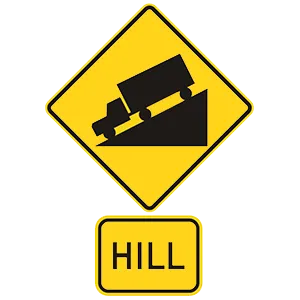
Warning signs are usually yellow with black markings. This sign indicates that there is a steep hill ahead. Slow down and be ready to shift to a lower gear to control your speed and protect your brakes from damage.
4 . Signs with orange backgrounds are:

The color orange is used only for construction and maintenance warning signs.
5 . Give the right-of-way to any pedestrian who is:
Drivers must yield the right-of-way to pedestrians who are crossing the street in any marked or unmarked crosswalk. In the interest of safety, drivers should yield the right-of-way to people crossing any street.
6 . This sign means you are approaching a railroad crossing that does not have a signal. You should:
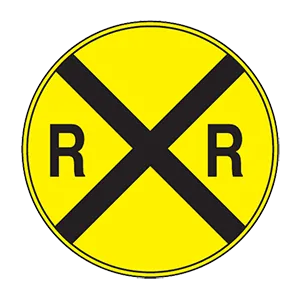
At a railroad crossing marked with this sign, a driver should look both ways, listen for any trains, and be prepared to stop if any trains are nearby. Never try to outdrive an oncoming train.
7 . When changing lanes:
Before changing lanes, you should check your side mirrors and look over your shoulder to make sure it is safe to proceed.
8 . Before switching on the ignition, you should:
Develop a routine for entering and leaving your car. Before switching on the ignition, buckle your safety belt and see that all passengers do likewise.
Need Car Insurance? No problem!
Compare the best rates in Kansas and find a personalized policy that meets your needs.
1. Are You Currently insured ?
2. Married ?
3. Do you own your Home?
4. Do you have more than 1 car ?
5. Have you or a Family Member Honorably Served in U.S. Military ?
6. Your Name
7. Age
8. Zip code
IMPORTANT REMINDER:Auto Insurance is Mandatory to drive in Kansas. Get covered before you hit the road to avoid any fines.
Ranked by best match
